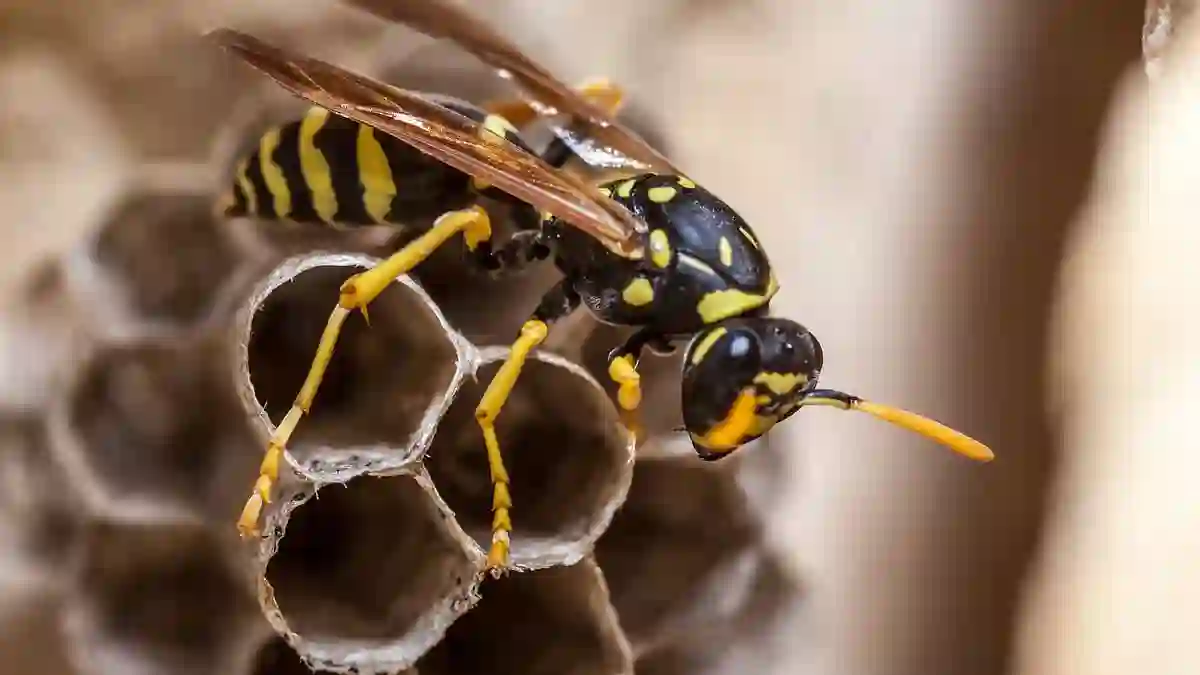Imagine walking into work, expecting a routine check-up, and instead finding a radioactive wasp nest.
That’s exactly what happened earlier this month at a former nuclear weapons site in South Carolina.
Now, the discovery has not only sparked concern but raised questions that remain unanswered.
Radiation Levels 10 Times the Legal Limit
The nest was found on July 3 during a routine inspection at the Savannah River Site (SRS) near Aiken, South Carolina — a sprawling, 310-square-mile facility that used to produce nuclear weapons material.
The wasp nest, oddly perched on a post close to tanks filled with liquid nuclear waste, was tested and found to be giving off radiation levels 10 times higher than what federal law allows, according to a newly released Department of Energy (DOE) report.
No Wasps Found, But the Nest Itself Was Radioactive
Here’s the strange part — there weren’t even any wasps on the nest.
Officials quickly neutralized the potential threat by spraying the nest and removing it as radiological waste.
Thankfully, the surrounding ground and area tested clear of contamination.
The DOE believes the nest became radioactive not because of a leak, but from what they call “legacy contamination” — radiation that’s stuck around since the site’s Cold War bomb-making days.
Watchdog Group Says the Explanation Doesn’t Cut It
While the DOE seemed confident that the nest posed no immediate danger, not everyone is convinced.
Savannah River Site Watch, a local watchdog group, blasted the report, calling it “incomplete.”
The group’s director, Tom Clements, didn’t hold back, telling the AP, “I’m as mad as a hornet that SRS didn’t explain where the radioactive waste came from or if there is some kind of leak from the waste tanks that the public should be aware of.”
Wasps Likely Didn’t Leave the Site, Officials Claim
One of the more reassuring points from Savannah River Mission Completion, the contractor now managing the site, is that wasps typically stay within a few hundred yards of their nests.
That means the insects (if there were any) likely didn’t venture outside the secure facility.
So far, there’s no evidence of wasps carrying radioactive material into surrounding communities.
No Signs of a Leak, But Questions Remain
Even though the radiation wasn’t traced back to a leak in the waste tanks, the DOE hasn’t pinpointed the exact source of contamination.
The F Tank Farm, where the nest was found, contains 22 enormous underground tanks, some holding over a million gallons of radioactive waste.
While eight of the tanks have been closed, 43 are still active, containing around 34 million gallons of waste after decades of treatment and evaporation.
The Site’s History Is Deeply Tied to Nuclear Production
Built in the early 1950s, the Savannah River Site was once a critical facility for producing plutonium and tritium, materials used in the U.S. nuclear weapons program.
But since 1992, its mission has shifted to environmental cleanup, waste management, and research.
Still, its legacy continues to cast a long shadow.
Officials Say There’s No Ongoing Risk
Despite the dramatic headlines, officials have emphasized that there is no ongoing safety threat.
The nest was removed, no further action was needed on-site, and operations across the facility remain unaffected.
The DOE did acknowledge the delay in reporting the incident, attributing it to compliance with strict federal rules and the need to review past incidents involving wildlife contamination.
A Nest That Sparked a Nuclear-Sized Debate
At the end of the day, this bizarre incident — a wasp nest glowing with radiation — has served as a startling reminder of the long-term impact of nuclear sites.
While the risk to the public appears low, the discovery has reignited debate over transparency, safety protocols, and whether more contaminated surprises might be lurking in unexpected places.
